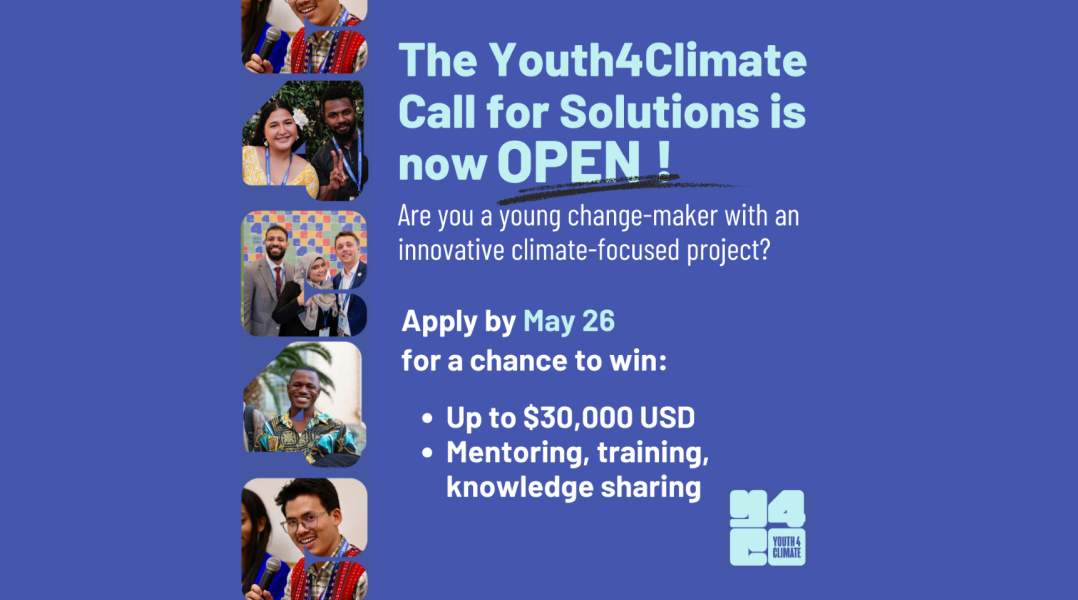Global Livestock Environmental Assessment Model (GLEAM)
GLEAM is a modelling framework that simulates the interaction of activities and processes involved in livestock production and the environment. The model can operate at (sub) national, regional and global scale.
GLEAM differentiates key stages along livestock supply chains such as feed production, processing and transport; herd dynamics, animal feeding and manure management; and animal products processing and transport.
http://gleami.org/
GLEAM is designed to analyze multiple environmental dimensions, such as feed use, greenhouse gas emissions, land use and land degradation, nutrient and water use and interaction with biodiversity. The main features of the current version of GLEAM are:
Systematic, global coverage of six livestock species and their edible products: meat and milk from cattle, buffalo, sheep and goats; meat from pigs and meat and eggs from chicken.
Spatially explicit modelling of livestock distribution, climatic data, feed yields and biophysical processes that allows the capture of local production drivers and/or constraints, environmental impacts and identification of intervention measures.
Estimation of greenhouse gas emissions from each stage of production. The model covers emissions of methane (CH4), carbon dioxide (CO2) and nitrous oxide (N2O), using an IPCC Tier 2 methodology, providing more accurate information on how animal feeding, herd and manure management options can help in mitigation.
Can be used to run scenarios of interventions in the livestock sector and can be coupled with other models (e.g. grassland models for sequestration, economic data for cost of mitigation etc.)
Image


